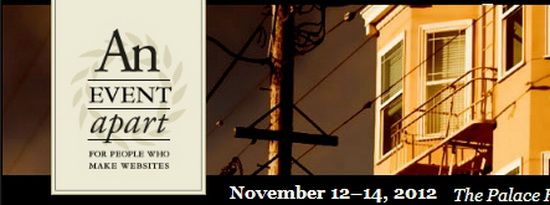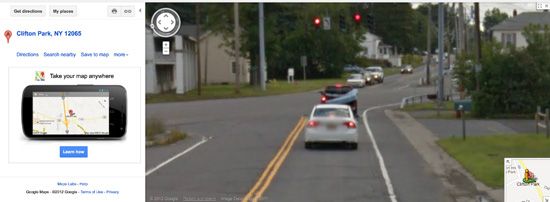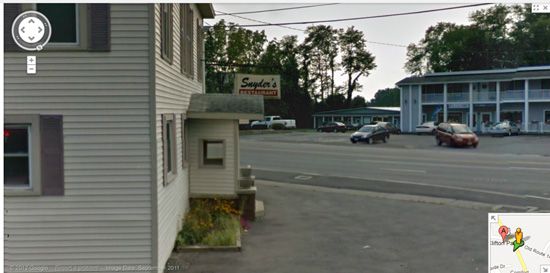As both a student and a teacher of web design, I’ve found some amazing resources on how to share specific techniques. There are tutorials online for everything from designing a responsive site to securing a site from hackers. But there aren’t a lot of similar tutorials for the actual business of web design — the processes that go along with landing a job as a web designer or building a business selling web design services.
It’s the context that surrounds web design: without some of these ancillary skills, it can be impossible to actually use the skills one has developed in web design. The question remains, though: how can we teach the business of web design?
Integrating Business Skills with Web Design Classes
When a student is first learning web design, it doesn’t make sense to distract her with other details. Just remembering the differences between CSS and HTML can be all-consuming.
But once that same student has reached the point where she’s learning the aesthetics and the nuances of web design, rather than the technicalities, there’s little reason to teach those skills outside of the context she’ll need to use them in the future.
Asking a web design student to come up with wireframes that must be approved before she can move forward seems like a little thing — something that will require more time on the part of the instructor and that won’t be missed if you skip it. But that small step is required to build the habits that a professional web designer needs. It’s rare to complete an entire project without getting any feedback at all, making it important to build the habit of asking for useful feedback and learning how to respond to it.
Web Design Best Practices
Many web design instructors teach at least some of the best practices of web design, like creating sites usable by disabled visitors. But there are best practices in every part of web design, from how a designer sets up her files to the contract that she signs with her client. Expanding a syllabus to include these steps isn’t hard, provided you’re willing to have students complete every step of a professional web design project along the way.
There may be nuances in how a web designer may prefer to manage her projects, but there are new graduates coming out with no concept that there’s any way to manage a project beyond working full steam ahead to meet a specific deadline that an instructor assigned. When such a designer has to estimate how long a project will take, the wheels almost always fall off.
What Needs to Be Taught
When a class is only twelve weeks long, it can seem impossible to fit in everything. But it’s worth remembering that few web designers learn everything in just one class: these pieces of context can be introduced in a short class and expanded on through an entire curriculum.
Project Management: Whether a web designer is looking for full-time employment or freelance clients, it’s crucial to know how to actually get all the work in a given project done. There are a variety of different project management systems out there, but as long as a designer knows the basics of setting deadlines, breaking projects up into individual tasks and getting feedback from stakeholders, she can adapt to different software.
Data Storage: Religiously backing up files is crucial to working online, but it’s not a skill every web designer has. Understanding the details of how to restore data and handle other emergencies that come up with the files that make a website run should be required.
Contract Law: Web design is often done on a contract-basis, meaning that web designers should know what they’re signing when they work with a client. There are a lot of clauses that can come back and bite a freelancer, not to mention the problems that can pop up when she doesn’t put absolutely every detail into the contract.
Copyright Law: A surprising number of web designers can’t tell you if they actually own the copyright for the designs they’ve created. There’s even the occasional designer who doesn’t know that sites can be copyrighted, which can lead to problems with copying existing sites.
Basic Bookkeeping: If a web designer wants to strike out on her own, she has to know the fundamentals of running a business. After all, if you can’t write an invoice, you can’t get paid.
There are certainly other skills that will help a web designer actually do the work she wants to. But these are particularly key, while still not appearing in most web design courses at all. Consider adding in a few elements in your next class.
Guest Author Thursday Bram is the editor of 21times.org, a daily newsletter for web developers.




















